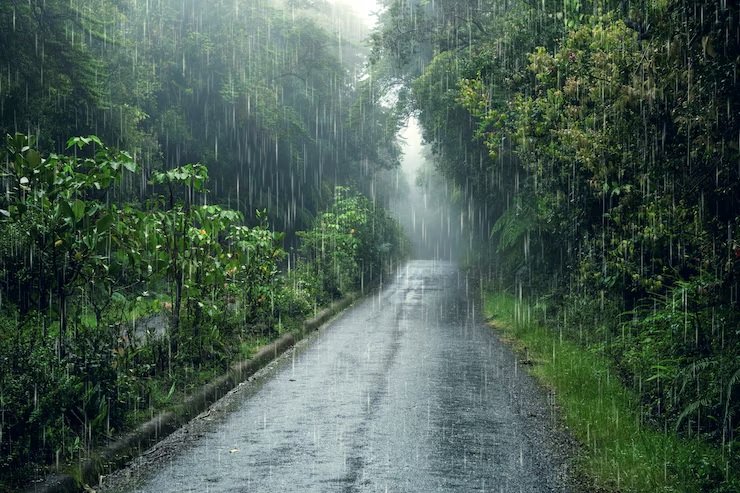Reservoir Levels Dip Slightly Amid Inactive Monsoon
13-Jun-2025 11:57 AM

New Delhi. During the current week, the water stock in the 161 major dams and reservoirs of the country decreased slightly, whereas it had been increasing for the last two weeks. The South-West monsoon remained almost inactive for ten consecutive days, and in most parts of the country, temperatures remained very high due to severe heat. As a result, the water level has naturally declined a bit.
According to the latest weekly data from the Central Water Commission, the total storage capacity of these 161 major dams and reservoirs is 182.444 billion cubic meters (BCM), out of which 55.519 BCM or 30.43 percent is currently filled. Despite the decrease, this level is still about 40 percent higher than the same period last year and 30 percent above the 10-year average.
On the other hand, data from the Indian Meteorological Department (IMD) shows that between 1 and 11 June, 72 percent of the 728 districts in the country received no or negligible rainfall. Although the southwest monsoon arrived 8 to 10 days earlier than its usual date and rainfall in May was above average at the national level, the monsoon became inactive soon after, resulting in a near halt in rainfall.
Last week, water reserves in the eastern and southern regions saw some increase, but the water level declined in the other three regions. With signs of the southwest monsoon reactivating, an improvement in water levels is expected from next week.
The revival of the monsoon is crucial for agriculture, as the sowing and growth of Kharif crops heavily depend on monsoon rains. Moreover, monsoon rain is essential for replenishing water levels in dams and reservoirs. Around 70 percent of the country’s annual rainfall occurs during the monsoon season, with July and August being the peak months for precipitation. Most Kharif crops are also sown during this period.
